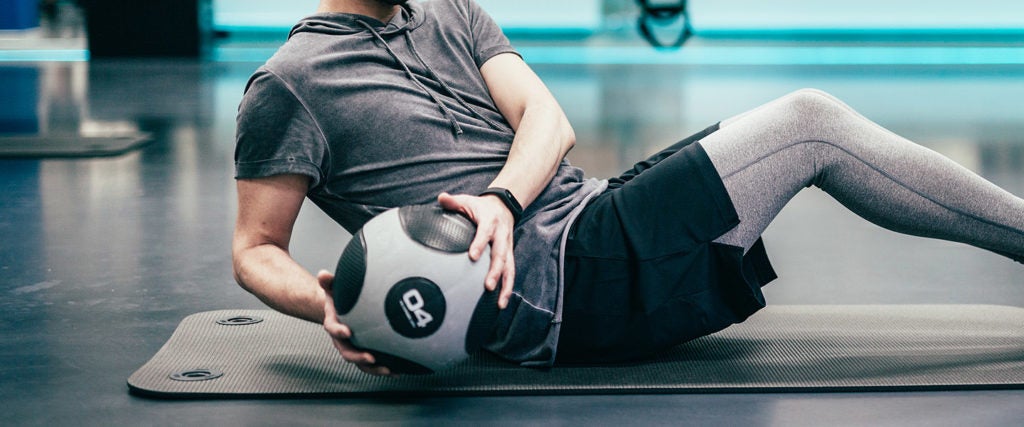While having a strong core is key to overall strength, your ab muscles themselves seem kind of useless. Nevertheless, we all want them. Or, more accurately, we all want visible ab muscles. Achieving visible ab muscles is a long, hellish process, but with the right exercises and proper calorie intake, it’s doable. Russian twists are one of the many moves that can help expedite that process.
Russian Twists were apparently named for their origin as an exercise for Soviet soldiers during the Cold War, though I think today we largely just associate the burn of the move with some abstract idea of discipline and pain. There are a few variations of the Russian Twist, but the standard form requires sitting on your butt with your knees lifted and bent. Keeping your back as straight as possible, you lean back into a 45-degree angle from the floor. With your arms held in front of you, hands clasped, you use your ab muscles to twist your upper body to the left, back to center, to the right and again back to center. This counts as one rep.
Ideally, you also keep your feet elevated while performing the move, though it’s certainly still effective if they remain planted on the ground. However, lifting your legs will indeed enhance the burn of the exercise by working your core stability further, so it’s a goal to work toward. Some even perform the exercise with their lower legs held parallel to the floor.
Another way to ramp it up is to add weights. By holding a small dumbbell or medicine ball, you’re working your core even harder. With or without weights, though, Russian Twists will work almost the entirety of your ab muscles, but especially your external obliques (side ab muscles), transverse abdominis (deep ab muscles, sometimes called your “internal corset”) and your rectus abdominis (the front muscles where your hypothetical six-pack is located).
As it works such a significant number of ab muscles, it’s a particularly effective exercise choice. There are some people who might want to avoid it, though: It’s generally safe for those with neck, shoulder or back injuries, but it has the potential to exacerbate them. If it seems to hurt these regions too much, skip it. There’s also some debate as to whether exercises that work the obliques in this way will widen you by increasing muscle size. That’s not inherently a bad thing — many people want this, in fact. However, some people who are super devoted to building a snatched waist avoid working their abs for this reason. It’s unclear exactly whether Russian Twists truly will widen you, though.
Bottom line, you should probably be doing Russian Twists for your core. Again, developing defined abs is an extensive process, determined largely by being in a calorie deficit. Russian Twists alone probably won’t be responsible for giving you abs, but they certainly won’t hurt.

